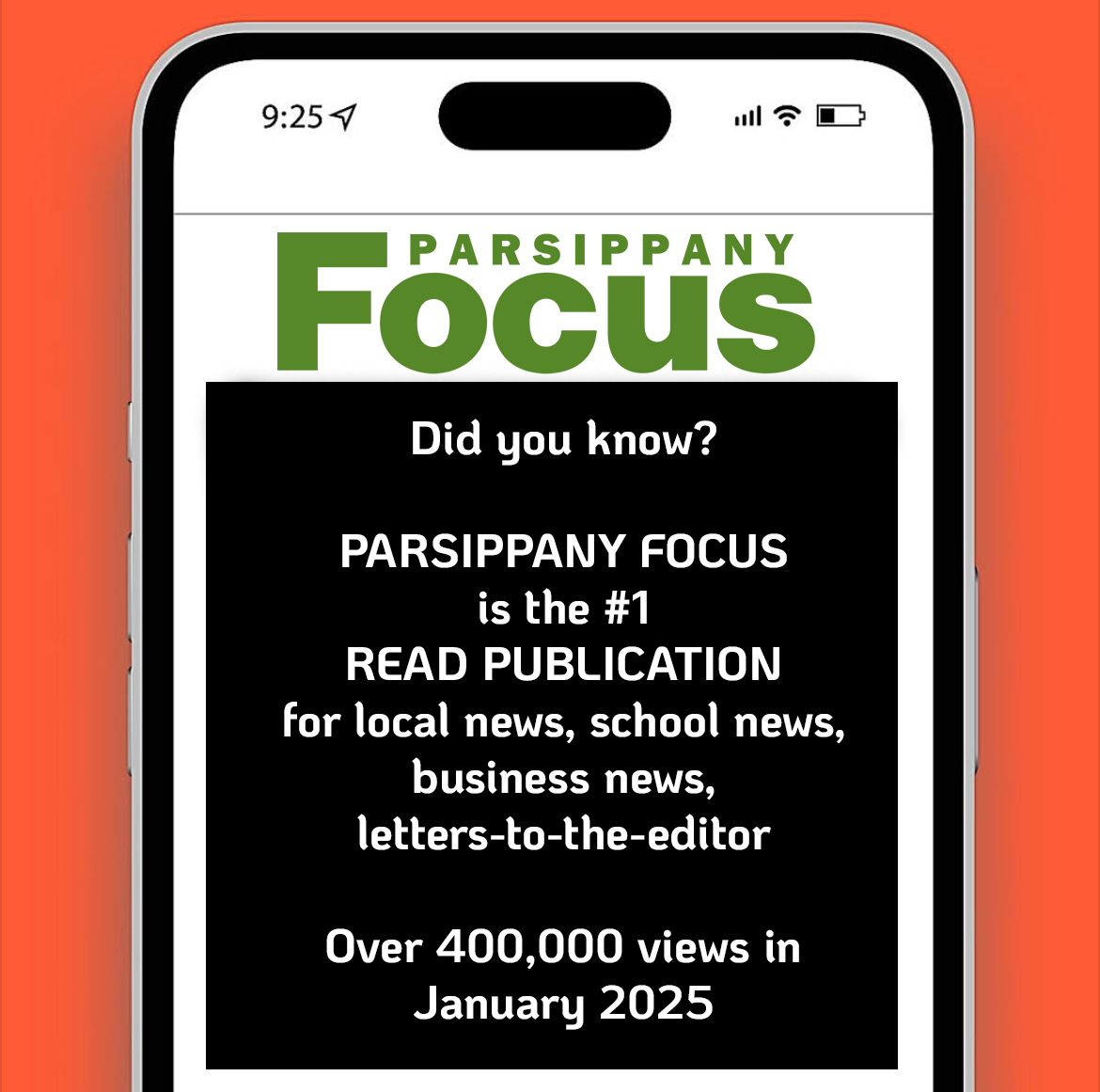Hurricane Joaquin intensified to an extremely dangerous Category 4 storm Thursday afternoon, and continues to hammer the central Bahamas with hurricane-force winds, storm surge flooding and torrential rain.
The odds of the U.S. mainland seeing its first landfalling hurricane in 15 months are dwindling as the forecast track continues to trend farther to the east. The best chance for an East Coast landfall is now shifting toward New England, but if Joaquin’s center should reach land there, it would likely do so as a tropical storm rather than a hurricane.
The Latest
- At 5 p.m. EDT Thursday, the eye of Hurricane Joaquin was centered about 15 miles northwest of Crooked Island in the Bahamas.
- Maximum sustained winds are around 130 mph, making Joaquin a Category 4 hurricane on the Saffir-Simpson Hurricane Wind Scale.
- Hurricane-force wind gusts have been reported on a few of the islands in the central Bahamas, but most weather observation sites near the eye of Joaquin are no longer reporting data.
- Joaquin has undergone rapid intensification from a tropical storm to a Category 4 hurricane in less than 36 hours, and may still intensify further into Friday.
- This system is moving slowly to the southwest, and this is expected to continue through Thursday before turning north Friday into Saturday.
- Hurricane watches and warnings are in effect for a large part of the Bahamas, where life-threatening conditions are occurring in some areas.
- Tropical storm warnings cover the Turks and Caicos Islands.
- Joaquin may directly or indirectly affect the East Coast late this weekend or early next week, and a landfall is still possible, though the probability of that is diminishing.
- Moisture and/or energy associated with Joaquin could enhance rainfall along the cold front in the Northeast late this week. Regardless, the East Coast will see significant impacts from the larger scale weather pattern taking shape.















